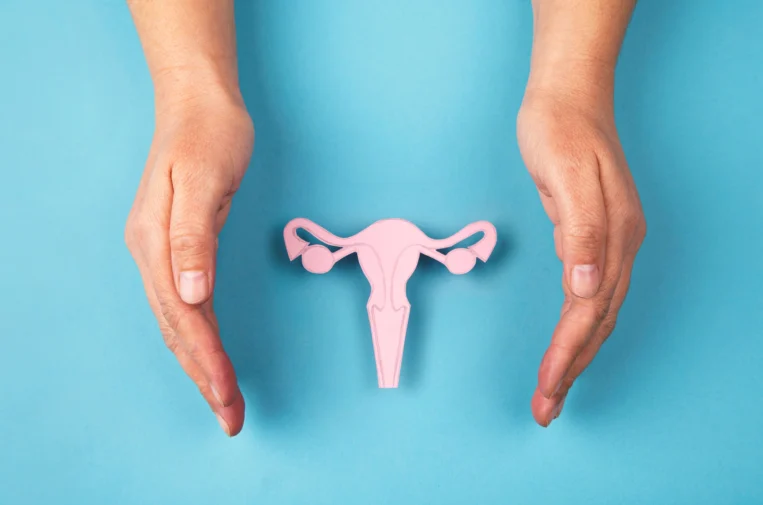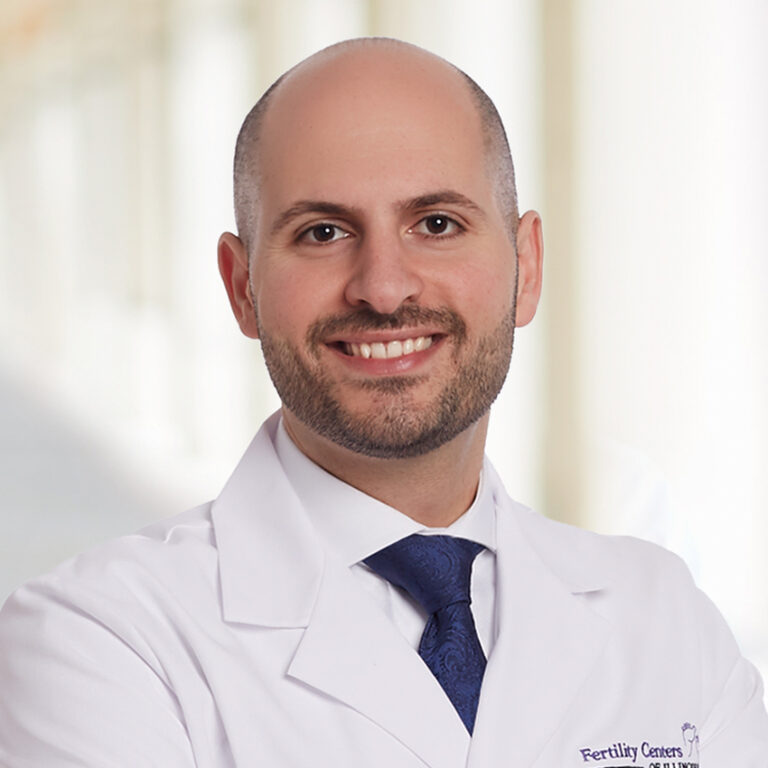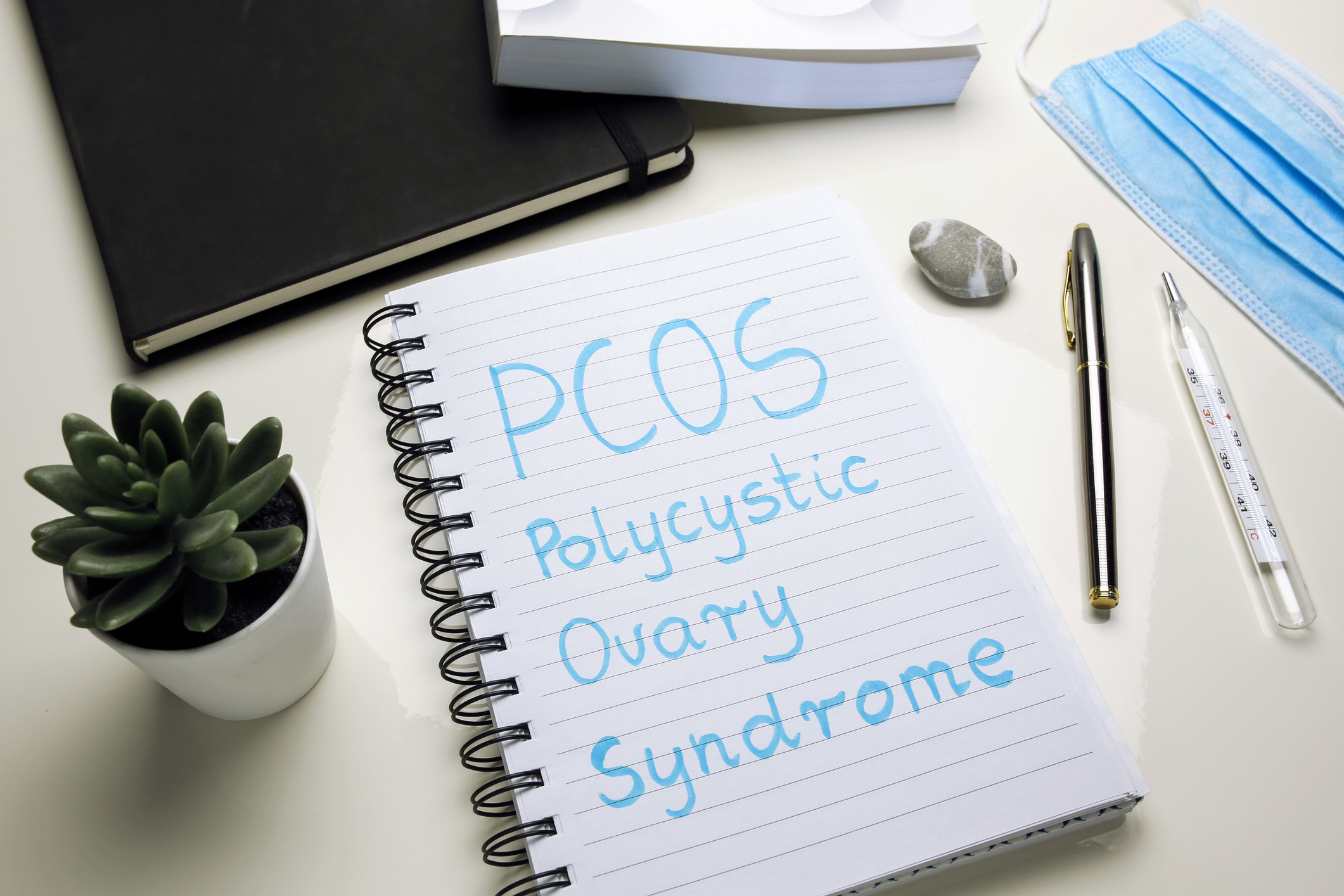Many women endure years of heavy bleeding and pelvic pain because of endometriosis or polycystic ovary syndrome (PCOS) without knowing why. These chronic disorders take a toll both emotionally and physically and can create fertility challenges for those trying to conceive.
With overlapping symptoms and a dual history of being undiagnosed or misdiagnosed, it is easy to confuse the two. Understanding their similarities and differences can empower you with helpful insight for your health.
What is endometriosis?
Endometriosis is a disorder where the endometrial tissue that normally lines the uterus grows outside of the uterus in other parts of the body in areas such as the ovaries, fallopian tubes and pelvic cavity. Each month during a menstrual cycle, the endometrial tissue sheds from the uterus out of the body. Endometrial growths outside of the uterus shed internally, causing pain, inflammation, scarring and/or adhesions.
What is PCOS?
PCOS is a disorder typically characterized by irregular menses, elevated androgen hormone levels, and enlarged ovaries with small cysts on the outer surface. It is a syndrome where not all elements may be simultaneously present. It is common for ovulation to be impaired, leading to infertility.
Prevalence: How common are endometriosis and PCOS?
Endometriosis affects an estimated 1 in 10 women during their reproductive years or 200 million women worldwide.
PCOS affects 1 in 10 women of reproductive age and as many as 5 million women in the US.
History: What have we learned from the past?
According to the Endometriosis Foundation of America, it takes 10 years from symptom onset to receive an accurate diagnosis. The long diagnostic process is due to a lack of knowledge among the general public and medical community.
Due to a lack of understanding of the disorder as well as varying diagnostic criteria being used, PCOS is also often undiagnosed or misdiagnosed, with some women waiting years for a proper diagnosis.
Symptoms: What should I look for?
Endometriosis symptoms include bleeding between periods, painful periods, chronic pain, difficulty getting pregnant and pain with sex, urination or bowel movements.
PCOS symptoms include irregular or no menstrual periods, acne, male pattern hair growth, obesity, weight gain, inability to lose weight, depression, oily skin, infertility and skin discolorations and tags. Medical diagnoses such as sleep apnea and cardiovascular disease may coexist with PCOS.
Diagnosis: Do I have one or both?
To establish a diagnosis of endometriosis, laparoscopy, an outpatient surgical procedure, is performed by inserting a scope attached to a camera into the abdominal cavity. Endometriosis growths and scar tissue are then biopsied to confirm a diagnosis. While endometriosis may be suspected based on ultrasound findings or a physical exam, laparoscopy with biopsy is required for an actual diagnosis.
There is no specific test to definitively diagnose PCOS, which is why it is commonly misdiagnosed. The diagnosis is a constellation of signs and symptoms and requires a physical examination, transvaginal ultrasound and blood work.
Unfortunately, it is possible to have both PCOS and endometriosis.
How do endometriosis and PCOS impact reproductive potential?
Endometriosis can impact fertility by creating adhesions in the reproductive system, scarring the fallopian tubes, inflammation in the pelvic area, impairing the ability of an embryo to implant to the uterine wall and altering egg quality.
Not all women with PCOS have difficulty becoming pregnant. For those that do, infrequent ovulation is a common cause. Ovulation is required to achieve pregnancy and can be induced through medication.
How can I lessen symptoms?
Endometriosis treatment will vary based on symptoms and goals. If a patient has a lot of pain during or between periods or with intercourse, endometriosis is often treated surgically or with suppressive medical therapy. Pain associated with endometriosis is often improved with the use of birth control pills and nonsteroidal pain medications such as ibuprofen or naproxen.
Diet, exercise and lifestyle modification can make a huge difference in treating PCOS symptoms and spurring ovulation. Losing as little as 5-10% of body weight in overweight patients can significantly improve pregnancy rates. Aim to get active for 30 minutes at least three times a week, drink lots of water and avoid sugary drinks, and maintain a diet of 100% whole grain, lean proteins, fresh fruits and vegetables.
What treatment may be needed?
For many with endometriosis who do not have symptoms interfering with their quality of life, no treatment is needed. Surgery to remove endometrial growths may be necessary if they are blocking the fallopian tubes or impacting the reproductive system. If growths are extensive, the best option may be in vitro fertilization (IVF), which directly bypasses the disease in the pelvis to place an embryo in the uterus.
The first steps to address PCOS are to implement lifestyle changes to lessen symptoms and induce ovulation through medication. Should ovulation be induced properly through medication, timed intercourse or an intrauterine insemination (IUI) cycle, where sperm is injected into the uterus during ovulation, can be pursued. Should a patient not achieve pregnancy after three IUI cycles, more advanced treatment such as IVF may be necessary.
If you believe you may have PCOS or endometriosis, or that you have been misdiagnosed, I encourage you to seek help. As a practice, we have worked with thousands of patients over the years with both diagnoses and can offer insight to support your family planning goals.
Medical contribution by Elie Hobeika, M.D.
Dr. Hobeika is board certified in both Obstetrics and Gynecology and Reproductive Endocrinology and Infertility. He has studied with world leaders in PCOS and recurrent pregnancy loss and is fluent in English, French, and Arabic.








